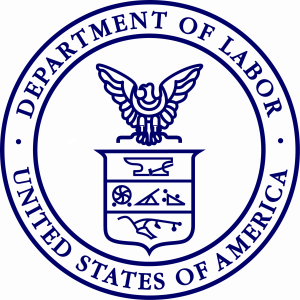BALCA Victory for Employer: Typo Overturned
 The Department of Labor is usually unforgiving of typographical errors. The smallest thing askew can sink an entire PERM application. BALCA recently decided a case that overturned a typographical error.
The Department of Labor is usually unforgiving of typographical errors. The smallest thing askew can sink an entire PERM application. BALCA recently decided a case that overturned a typographical error.
The employer’s submitted job requirement was a Bachelor’s Degree and 60 months of experience. In the alternative, it would accept a Master’s Degree and 36 years of experience. That was a typo; the employer meant 3 years (36 months). The certifying officer for the Department of Labor refused certification, finding that the alternative requirement was not substantively similar to the primary experience requirement. On appeal to BALCA, the employer argued that the form was inconsistent. The primary requirement demanded months. The alternative requirement demanded years.
BALCA has held previously that denials based on typographical errors can violate fundamental fairness. Fundamental unfairness occurs when the denial is made because the instructions conflict with the form and the requirements are satisfied in good faith. Inconsistencies are construed against the promulgator of the form, not the applicant. The box states years; the instructions state months. BALCA found that the alternative requirements were substantially equivalent to the primary requirements.
